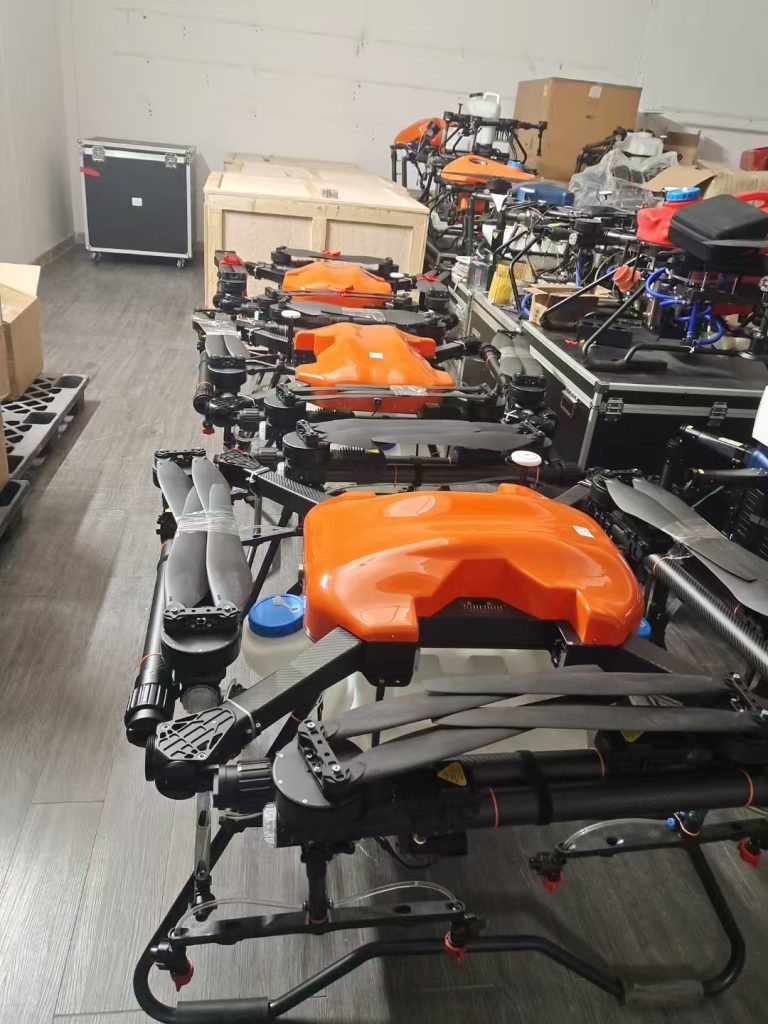
Introduction: Why Indonesian Agriculture Needs Advanced Spraying Drones
Indonesia’s diverse agricultural landscape—from vast palm oil plantations in Sumatra to terraced rice fields in Java—presents unique challenges for crop protection. Traditional manual spraying is labor-intensive, time-consuming, and often inefficient, especially in hard-to-reach areas. Meanwhile, the country’s tropical climate accelerates pest outbreaks and disease spread, making timely, precise chemical application critical.
In response, advanced agricultural spraying drones have emerged as a game-changing solution for Indonesian farmers. These unmanned aerial vehicles (UAVs) offer unparalleled precision, efficiency, and cost-effectiveness, revolutionizing how crops are protected and fertilized. But with various options available, how do Indonesian farmers identify the best solutions for their specific needs?
This article explores the key features to look for in high-quality spraying drones, why they’re ideal for Indonesia’s agricultural conditions, and what makes certain models stand out in performance, reliability, and value.
Key Features to Consider in the Best Spraying Drones
When evaluating spraying drones for Indonesian farming conditions, several critical factors determine their effectiveness:
-
Precision Spraying Technology
-
RTK GPS & Smart Flight Control: Ensures centimeter-level accuracy, preventing overlap and missed spots.
-
Variable Rate Spraying: Adjusts chemical output based on crop density and terrain.
-
No-Drift Nozzles: Minimizes chemical waste and environmental impact.
-
-
Efficiency & Coverage Capacity
-
Large Tank Capacity (10L–30L): Reduces refill frequency for large-scale operations.
-
High Spray Speed (5–10 acres/hour): Far exceeds manual labor productivity.
-
Intelligent Flight Planning: Allows automated mapping and spraying routes.
-
-
Durability for Tropical Conditions
-
Weather-Resistant Build: Withstands Indonesia’s high humidity, rain, and heat.
-
Rugged Design: Can operate in uneven terrain, including plantations and hilly areas.
-
Dust & Water Protection: Ensures longevity in dusty rice fields and muddy oil palm estates.
-
-
Ease of Use & Maintenance
-
User-Friendly Controls: Simple interfaces for farmers with minimal technical training.
-
Quick-Release Parts: Easy cleaning and maintenance for continuous operation.
-
Local After-Sales Support: Availability of spare parts and service centers in Indonesia.
-
-
Cost-Effectiveness
-
Affordable Pricing: High performance without excessive import costs.
-
Low Operating Expenses: Electricity-powered (vs. fuel) reduces long-term costs.
-
Why These Drones Are Perfect for Indonesian Agriculture
Indonesia’s agricultural sector faces unique demands that make advanced spraying drones particularly valuable:
✅ Labor Shortages – Drones reduce reliance on manual sprayers, addressing workforce gaps.
✅ Large Plantations – Ideal for covering vast areas like palm oil estates and rubber farms efficiently.
✅ Pest & Disease Control – Enables rapid response to outbreaks in hard-to-reach regions.
✅ Sustainable Farming – Precision spraying minimizes chemical waste, protecting soil and waterways.
✅ Flood-Prone Areas – Drones can operate where traditional machinery struggles due to muddy conditions.
What Makes the Best Spraying Drones Stand Out?
While many UAVs are available in the market, the top-performing models for Indonesian farmers share these distinguishing qualities:
-
Superior Flight Stability
-
Advanced gyroscopic stabilization ensures smooth operation even in windy conditions (common in coastal farming areas).
-
-
Intelligent Spraying Systems
-
Real-time spray adjustment based on flight speed and terrain prevents over- or under-application.
-
-
Long Battery Life & Fast Charging
-
Extended flight times (15–30 minutes per battery) with quick-swap battery systems for uninterrupted operation.
-
-
Strong Local Support Network
-
The best solutions come with trained technicians, spare parts availability, and training programs in Indonesia.
-
-
Affordable Entry Models for Small Farmers
-
Compact, lightweight drones designed for smallholder rice farmers and vegetable growers.
-
How Indonesian Farmers Can Choose the Right Spraying Drone
-
Assess Farm Size & Needs
-
Large plantations may require high-capacity drones with autonomous flight, while small farms benefit from manual-control models.
-
-
Check Import & Regulatory Compliance
-
Ensure the drone meets Indonesian aviation regulations (Permenhub No. 92/2020) and is registered with the DGCA.
-
-
Evaluate After-Sales Service
-
Look for suppliers offering local warranties, training, and maintenance support.
-
-
Compare Total Cost of Ownership
-
Consider not just the purchase price, but also battery replacement, spare parts, and operational costs.
-
-
Request a Demo or Trial
-
Many suppliers offer on-farm testing to ensure the drone meets specific spraying needs.
-
Conclusion: The Future of Indonesian Farming is Aerial
The best spraying drones for Indonesian agriculture combine precision, durability, and smart technology to solve real farming challenges. Whether for palm oil, rice, coffee, or vegetables, these UAVs enhance productivity, reduce chemical waste, and lower labor costs—making them an essential tool for modern farming.
By selecting a model that fits their farm size, crop type, and budget, Indonesian farmers can boost yields, protect the environment, and stay competitive in a rapidly evolving agricultural industry.
The sky’s the limit—literally—for Indonesia’s next agricultural revolution. 🚁🌾
Need guidance on selecting the right spraying drone for your farm? Let me know how I can help refine your choice!”
THE END

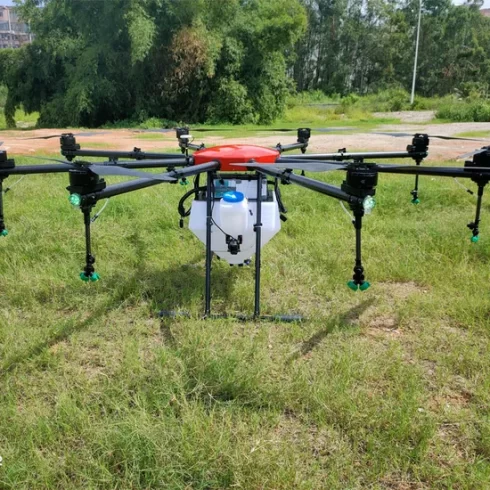
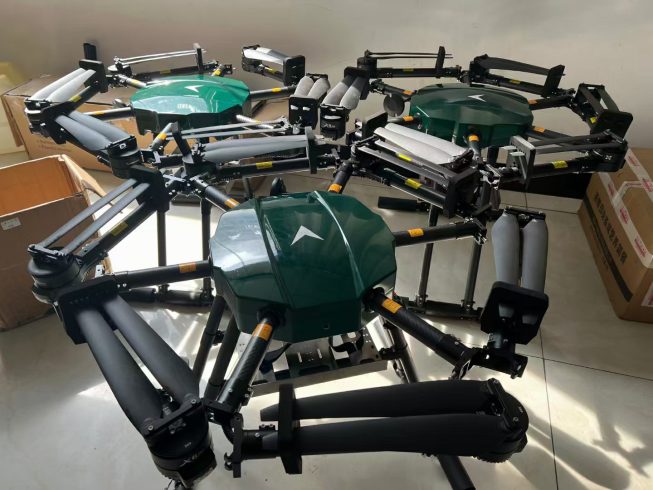
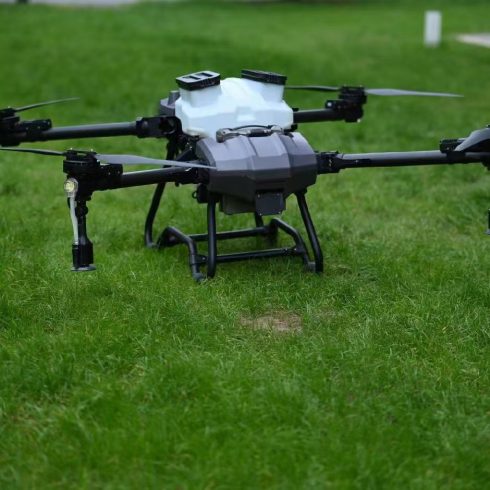
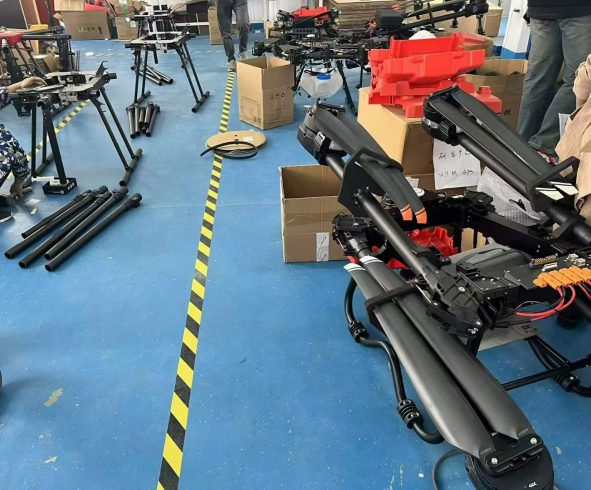
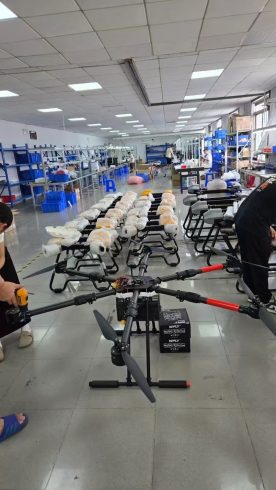
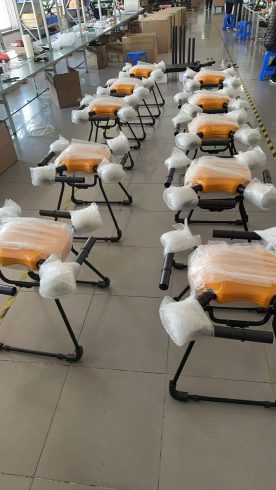

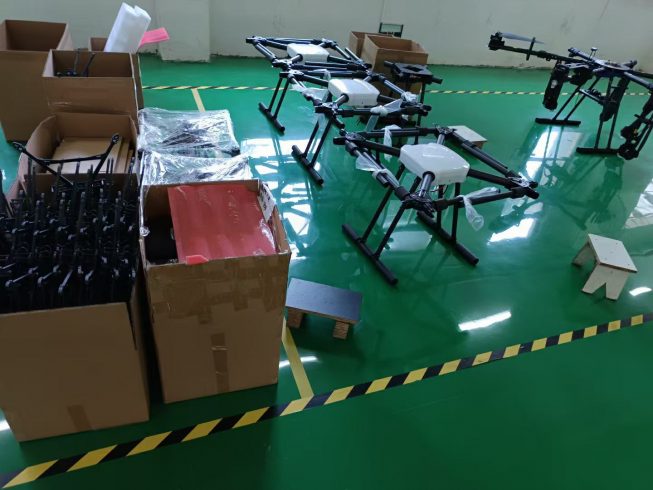
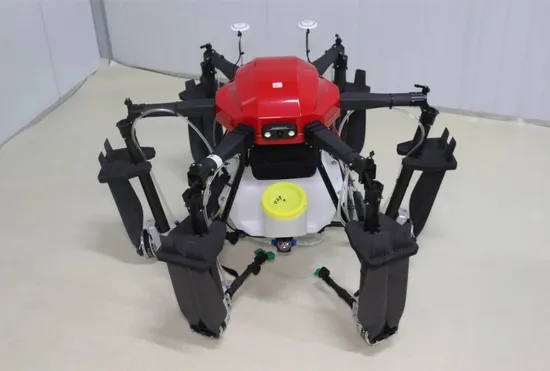
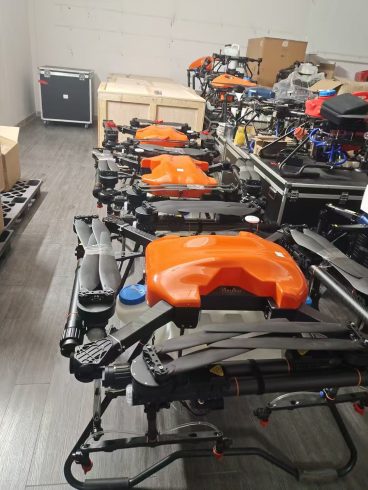

暂无评论内容